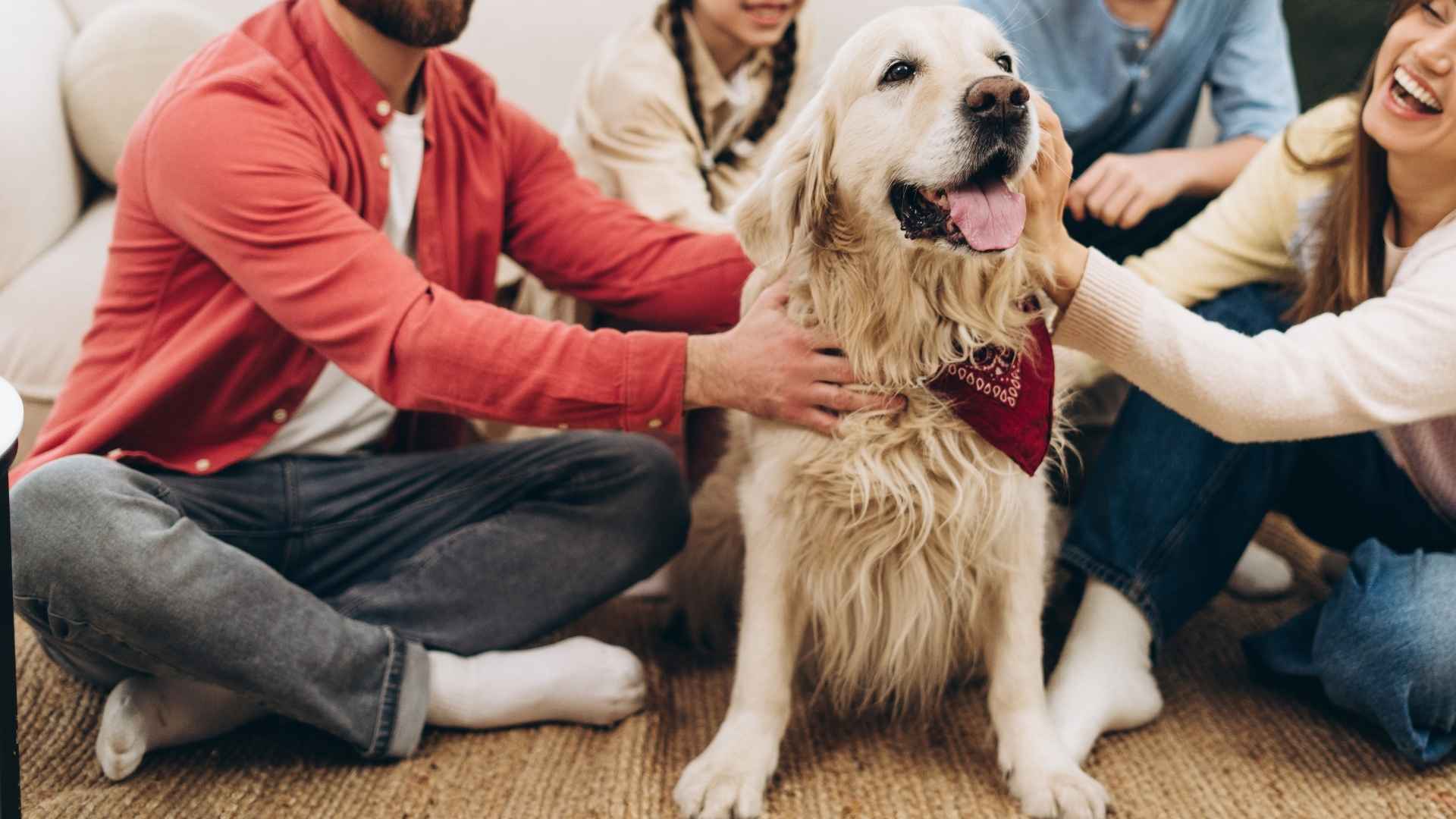We often imagine dogs curled up on silent porches, watching the wind move the trees. But not every dog is drawn to peace and quiet.
Some feel most at home in the noise. They love the thump of feet on stairs, the laughter from a second room, and the clatter of dishes being set. These aren’t dogs that run when the doorbell rings.
They’re already there, tail wagging. They don’t startle at a crowd—they settle into it. They know how to exist among people, without taking over, without fading out.
If your days are made of movement, visitors, and shared space, you know the kind of dog we’re talking about. The kind that belongs where the people are. The kind that’s never off to the side.
Dog Breeds That Love Large Gatherings
1. Golden Retriever

Golden Retrievers handle active environments with steady nerves, which makes them reliable in spaces filled with unpredictable sounds and motion. They don’t just tolerate activity—they move through it with ease. Their calm pacing helps set the tone in any busy setting.
Responsive to Group Energy
These dogs have a natural rhythm that matches the tempo of a crowd, picking up on shifts in mood or excitement. Whether it’s a backyard get-together or a packed event, they adjust their energy intuitively. That social awareness keeps them engaged without becoming overstimulated.
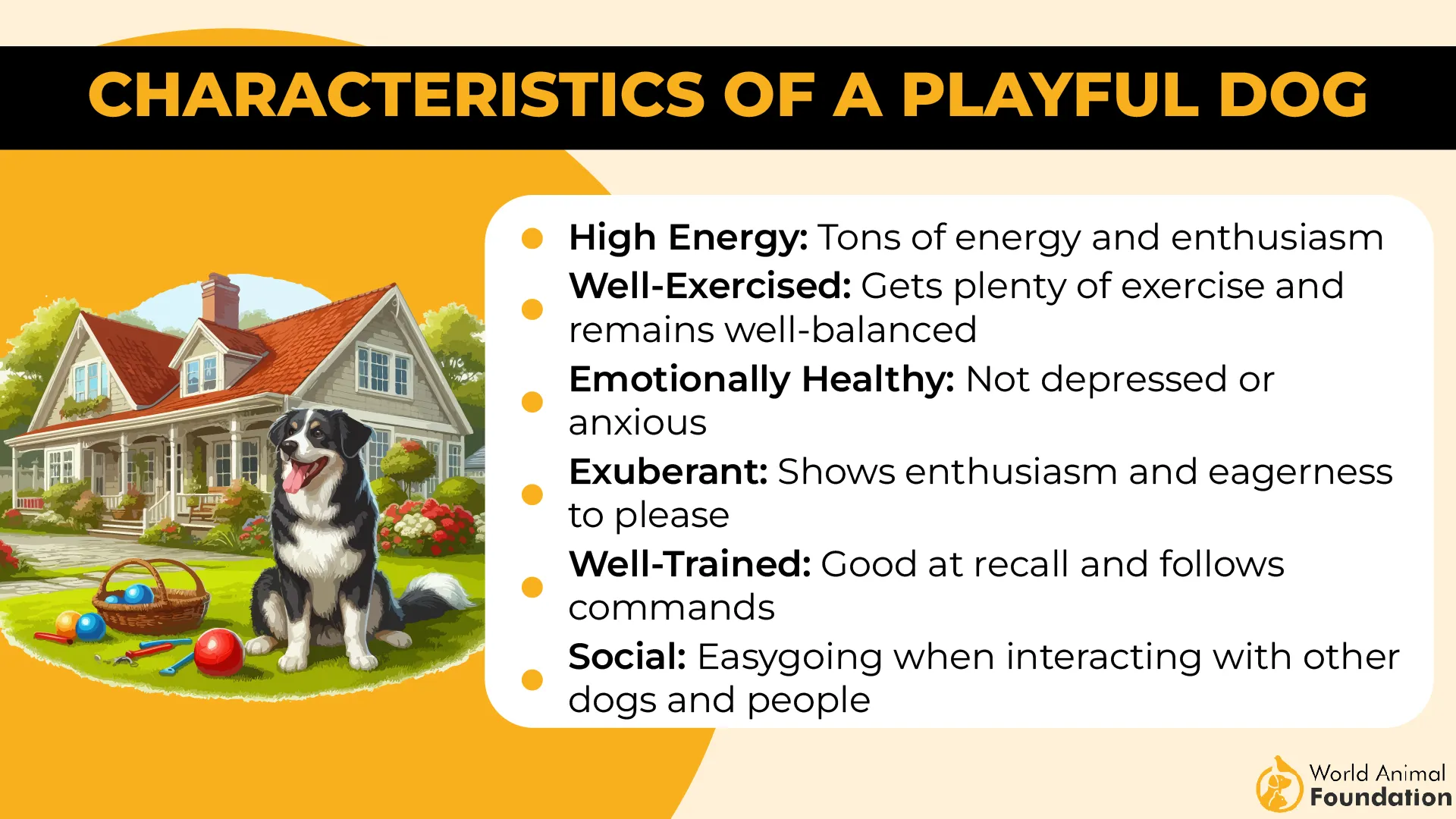
Strong Bonds With All Ages
Golden Retrievers interact smoothly with children and adults alike, often serving as a grounding presence, as PetMD states. Their patience isn’t trained—it’s intrinsic, shaped through years of purpose-bred companionship. That versatility allows them to become part of nearly anyone’s everyday life.
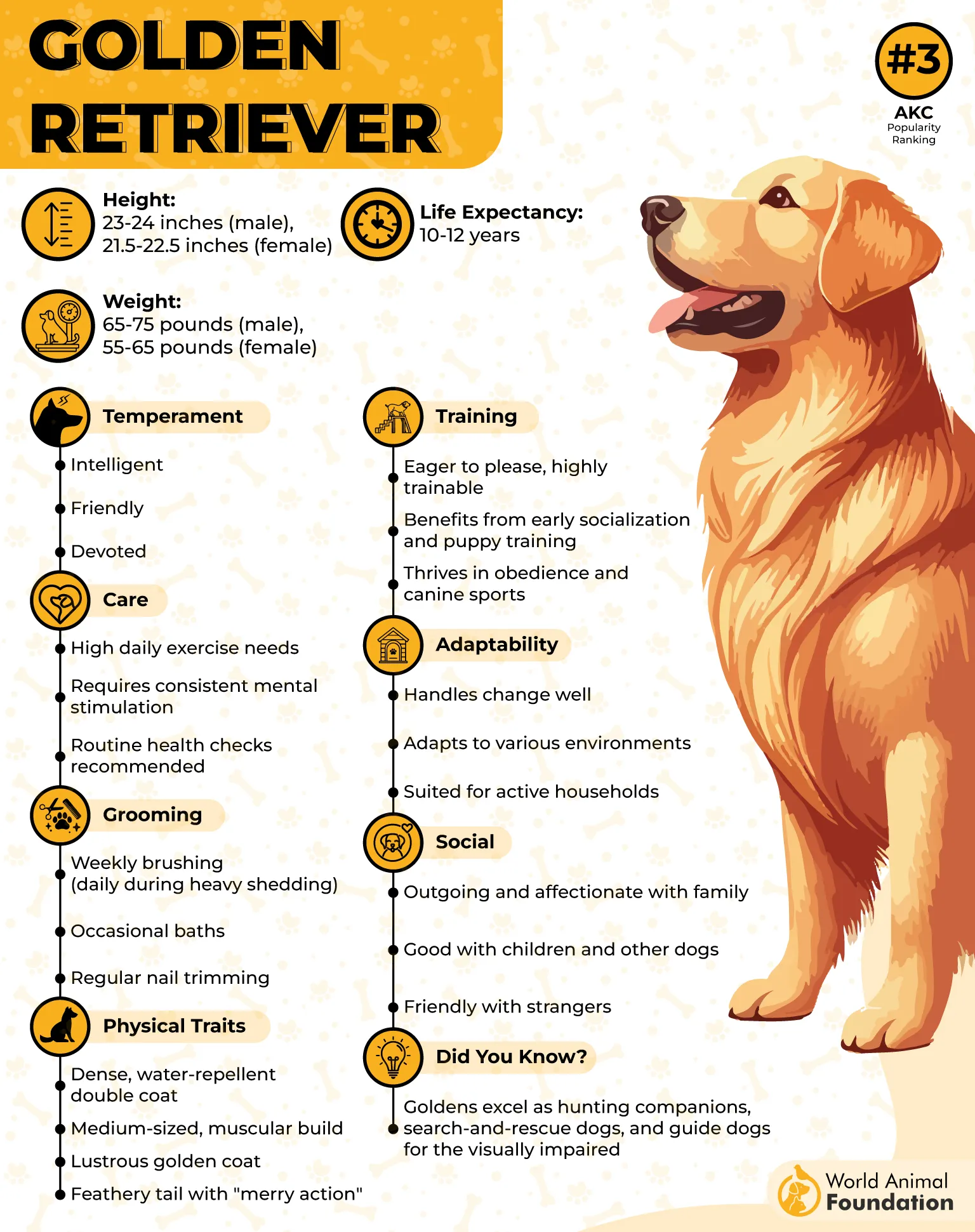
Playful But Controlled in Crowds
Their behavior around many dogs remains playful without tipping into chaos, thanks to their strong recall and cooperative mindset. They don’t compete for attention or space, even in dense groups. That makes them one of the most naturally dog-friendly breeds in crowded situations.
2. Labrador Retriever
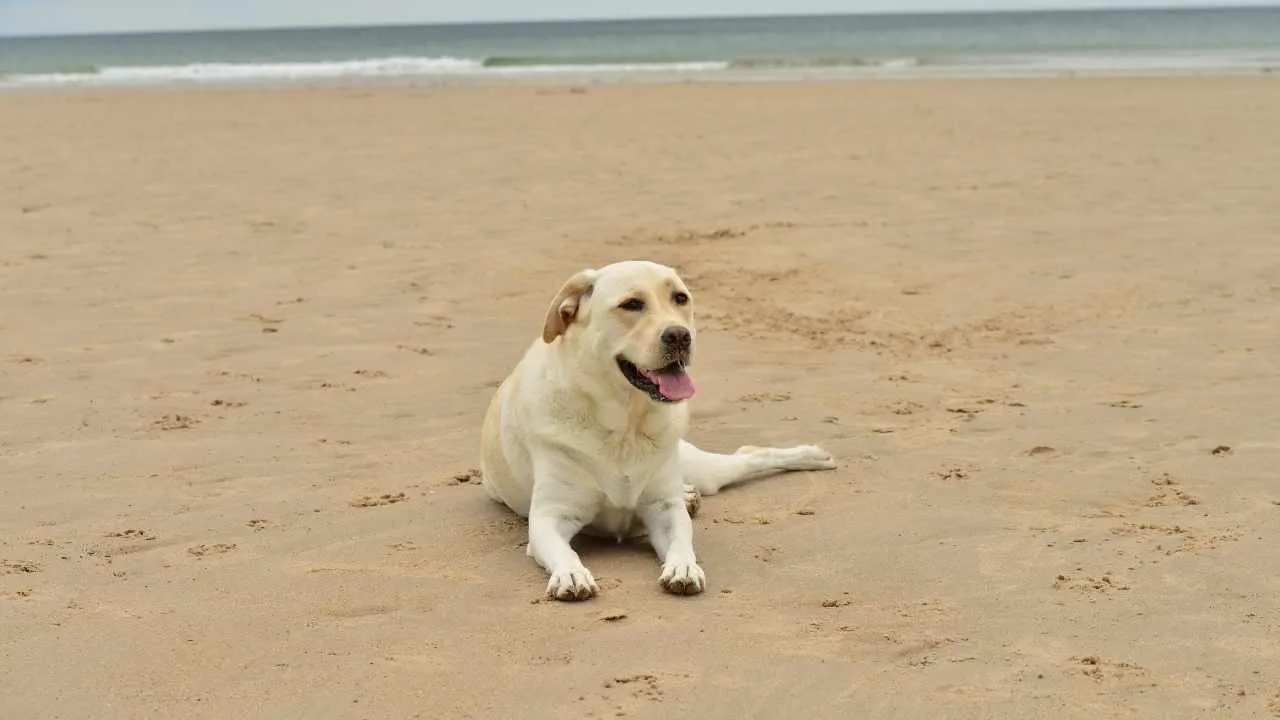
Labradors move through crowds with zero hesitation—they’re built for high-interaction spaces. Their early development as working retrievers sharpened their tolerance for distraction. Loud voices, kids running around, or shifting group energy rarely pull them off balance.
Non-Reactive Around Noise or Movement
They’re often seen casually resting in the middle of a social gathering, unfazed by clatter or fast footsteps. That stillness isn’t laziness—it’s selective attention, shaped by their temperament. It allows people to interact freely around them without constant redirection.
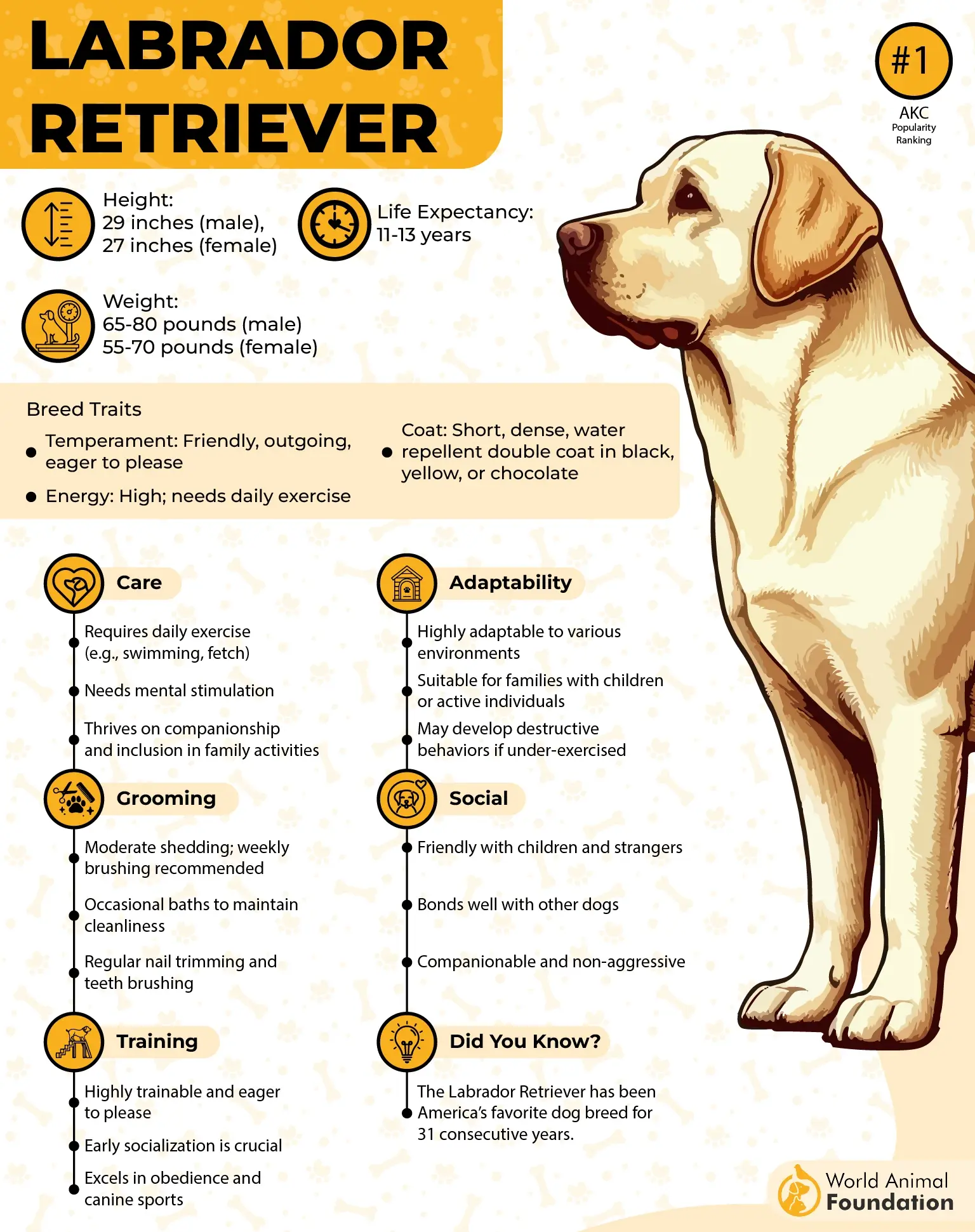
Social Range Beyond People
Their ease with other pets—including unfamiliar dogs—adds to their value in multi-species settings. Even when overstimulated, they rarely escalate tensions. That balance helps prevent scuffles in areas where energy levels change quickly.
Physical Outlet Keeps Them Centered
When given enough exercise, Labradors stay calm and observant rather than hyper and intrusive, as per WebMD. A brisk play session or a few long walks before an event make them excellent companions in group dynamics. That regulation creates a smoother experience for everyone around them.
3. Boxer
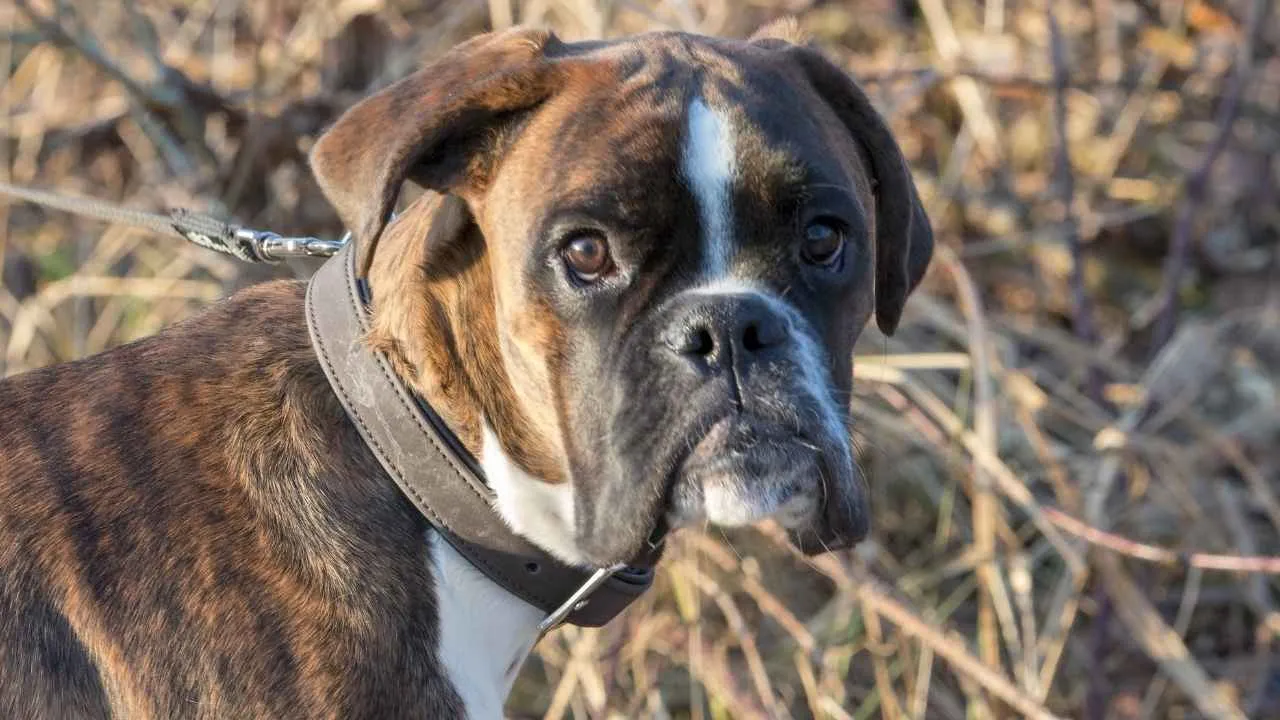
Boxers respond quickly to the tone of a group—whether the energy is loud or low-key, they calibrate without hesitation. This sharp environmental reading comes from their high sensory alertness, not just excitement. Their body language mirrors what’s happening around them in real time.
Expressive With Their People
They’re known for using full-body gestures—tilts, bounces, long stares—to communicate intent with family members. In gatherings, this expressiveness translates into visible enthusiasm without becoming intrusive. Their physicality becomes part of the social atmosphere rather than a disruption.
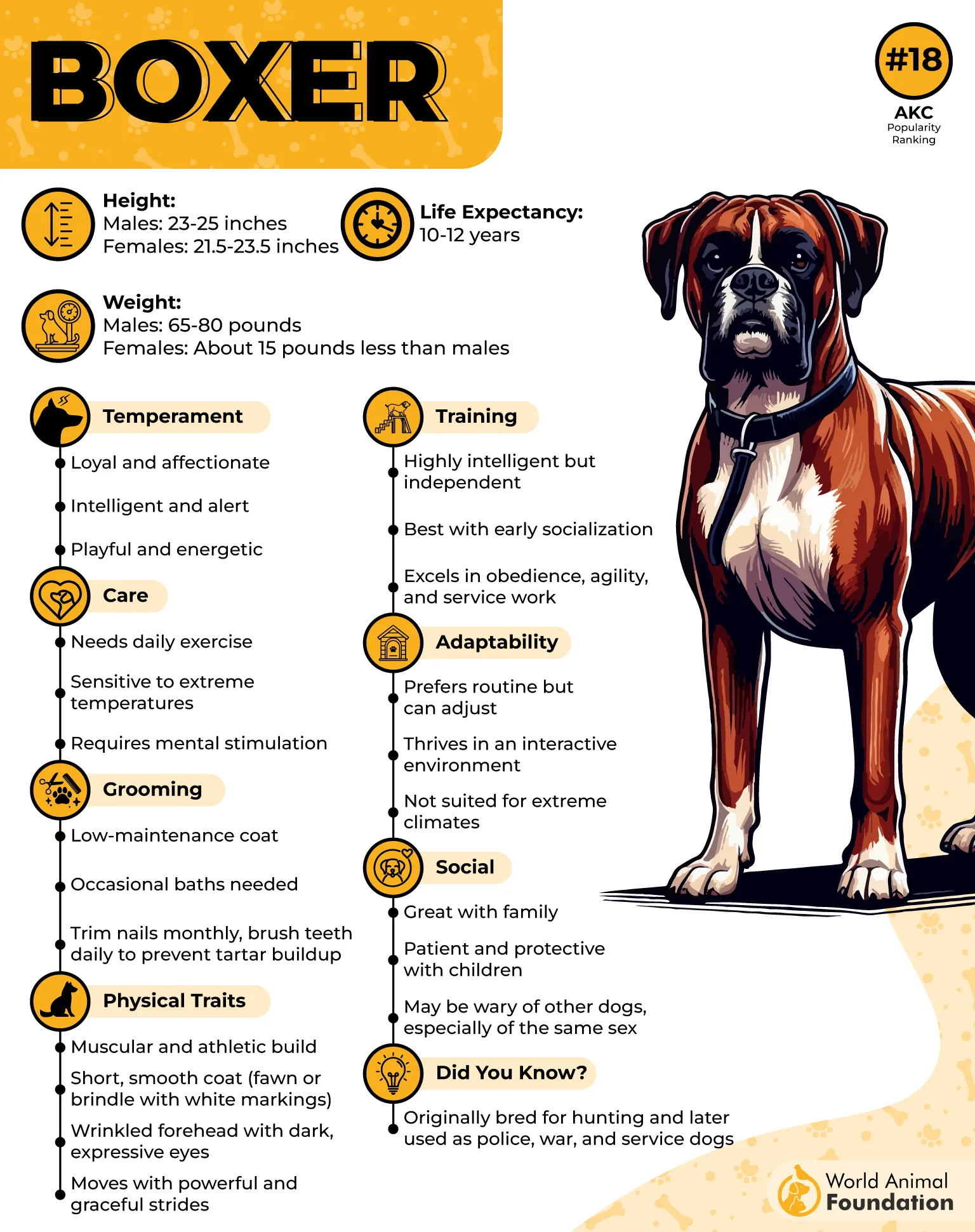
Enjoy Structured Social Chaos
Boxers thrive where energy is high, but rules still apply, like birthday parties, playdates, or reunions. They crave movement and play but remain tuned in to human cues. When these pups know their boundaries, they blend into the mix without overstepping.
Built for Dynamic Environments
With compact power and endurance, they can keep up when activities shift from indoors to outdoors. Their agility allows them to join in active games or change pace quickly when the crowd settles. That balance makes them well-suited to chaotic but safe environments.
4. Beagle
Beagles were developed to hunt in packs, which shaped their ability to navigate loud, chaotic environments without hesitation. That background carries over into social settings—they’re comfortable moving through groups with ease. Their body language stays loose even when space gets tight.
Alert But Not Reactive
They notice everything: shifting voices, new scents, sudden movement. But this strong sense of awareness doesn’t trigger nervousness. Instead, it helps them stay in sync with the activity around them while keeping their focus where it’s needed.
Tolerant With Repetition
Beagles are used to ongoing sensory input—footsteps, chatter, overlapping interactions. They don’t worry when the energy fluctuates or when strangers come and go. That steadiness keeps them relaxed even during long, drawn-out events where other breeds might check out.
Low-Demand Companions
Their interactions are naturally affectionate, but they don’t cling or overwhelm people for attention, as per Purina. They’ll happily drift between groups, settle near the action, and re-engage without constant direction. That independence makes them easy to manage in settings where supervision is minimal.
5. Newfoundland
Newfoundlands register loud voices, sudden movement, and overlapping activity without becoming nervous or reactive. This makes them dependable in unpredictable group settings like lakeside barbecues or barnyard parties. They observe more than they engage, but their presence is steady throughout.
Gentle with Crowds, Especially Children
Their physical size draws attention, but their interactions are marked by surprising gentleness. They naturally adjust their posture and pace when surrounded by children or the elderly. Even in groups, they create one-on-one moments that make them feel like longtime friends.
Tolerant Toward Other Species
Bred originally to assist fishermen and live among livestock, Newfoundlands easily coexist with different animals without tension. They move around ponies, goats, or roaming dogs without territorial behavior. This makes them especially valuable at gatherings where multiple species share the space.
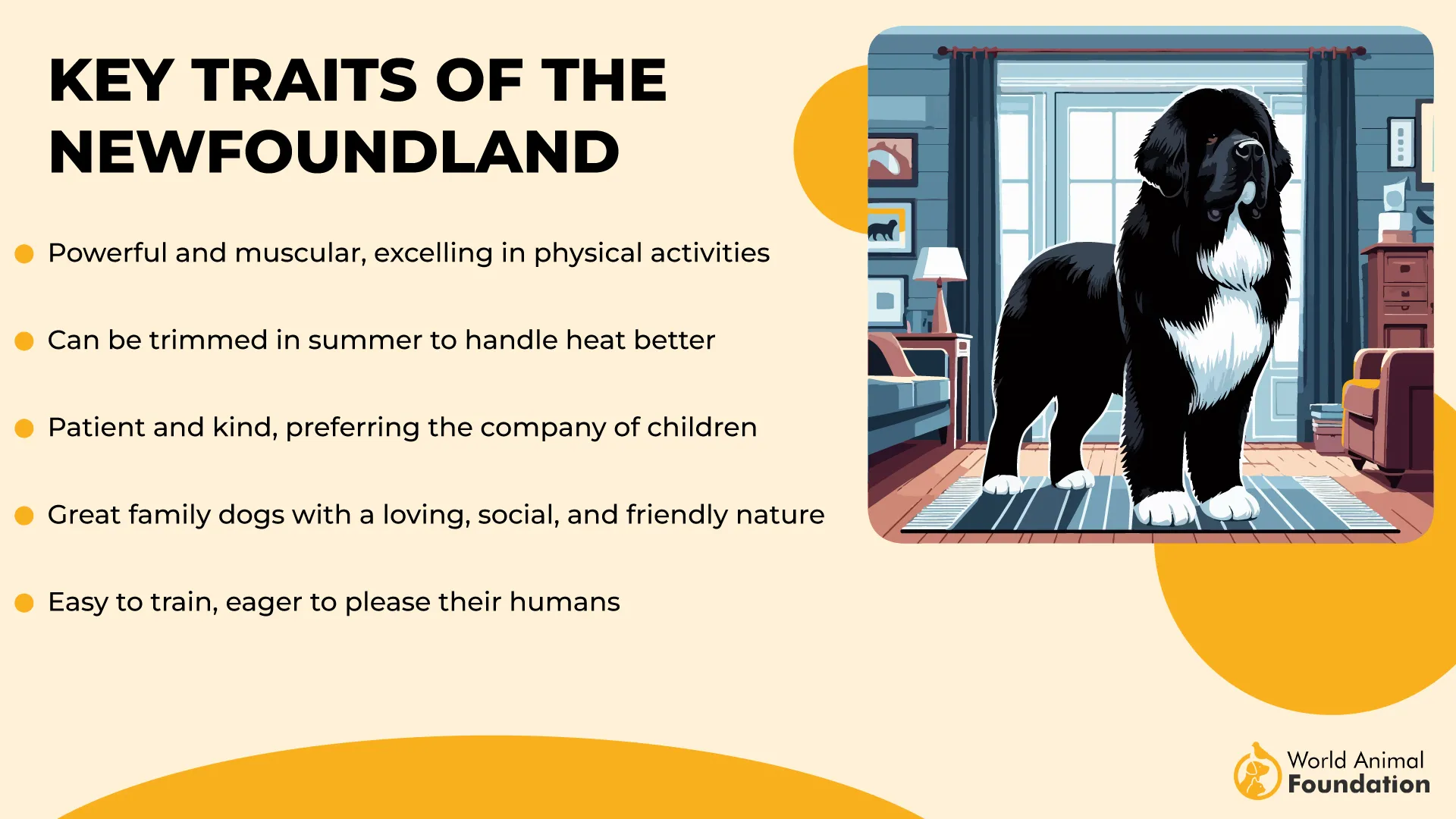
Emotionally Grounded and Patient
They tend to stay near the calmest person in the group, anchoring to quiet energy even when things get loud. If tension rises—like in a heated conversation or moment of overstimulation—they often act as buffers rather than contributors. That temperament earns them quiet respect in social dynamics.
6. Bernese Mountain Dog
Bernese Mountain Dogs often gravitate toward known faces first, offering calm reassurance in family-based gatherings. Their loyalty shows in how they check in quietly with their people, even in busy spaces. This predictable behavior is grounding for children and older adults alike.
Impressive Tolerance in Crowded Settings
Despite their size, they maneuver patiently through foot traffic without bumping into guests or causing unease. Their slower pace makes them well-suited for events where movement is constant but not chaotic. This physical composure translates to emotional steadiness around noise and crowds.
Social Through Steady Observation
These dogs tend to observe before joining in, making them ideal for gatherings where not everyone is a dog person. They don’t push into every interaction—they wait for an opening and respond with quiet enthusiasm. This controlled friendliness earns them trust in mixed company.
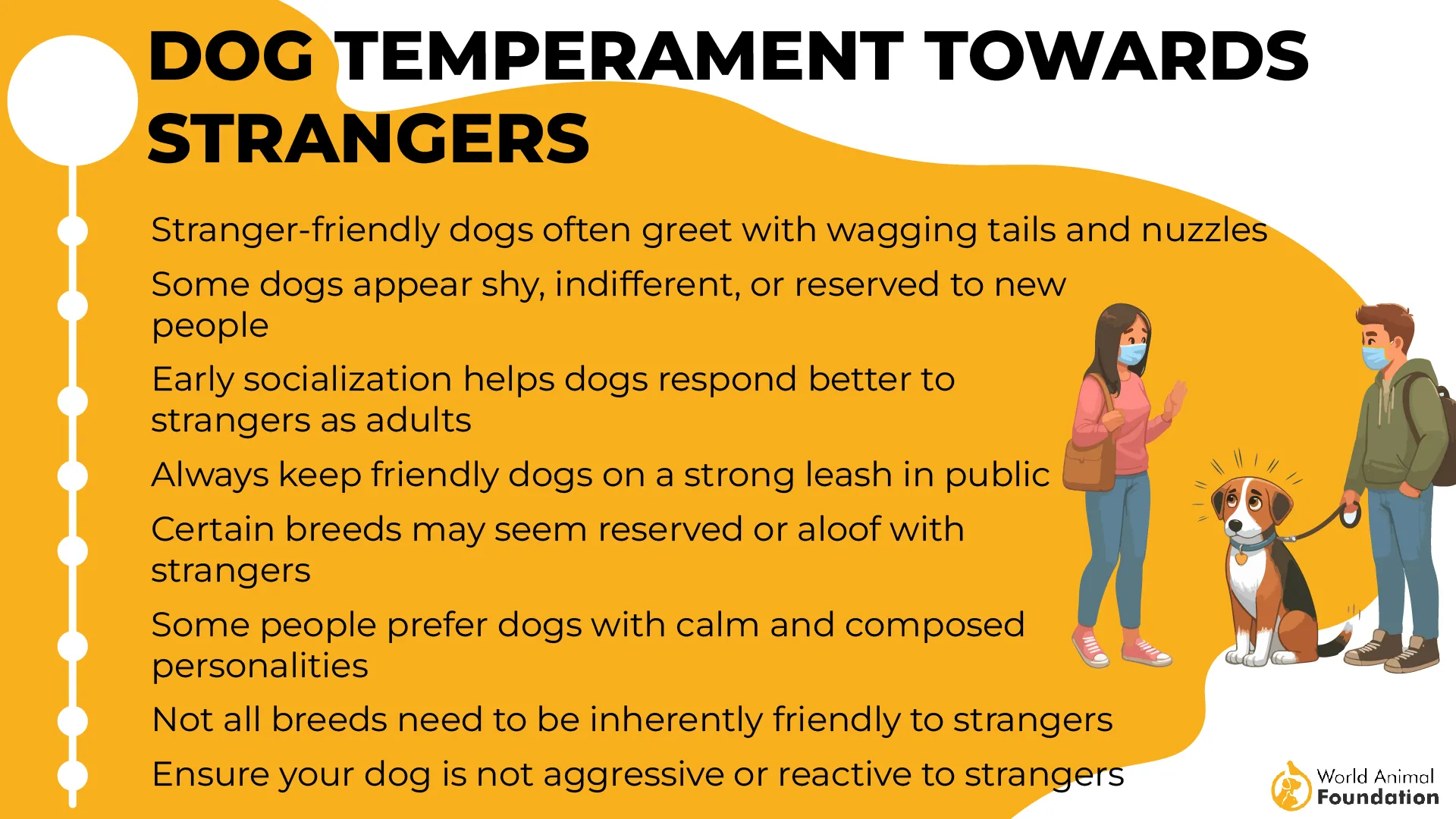
Weatherproof and Yard-Ready
Outdoor reunions or open-space picnics play to their strengths, especially in colder seasons. Their thick coat and natural stamina allow them to stay out longer than other breeds without fatigue. That endurance helps them maintain presence when group activities stretch into hours.
7. Cavalier King Charles Spaniel
Cavaliers have a unique ability to bridge gaps between strangers with their soft expression and relaxed posture. They often initiate contact gently, without overwhelming new people. That subtlety makes them ideal for group settings where first impressions matter.
Comfort With Physical Closeness
These dogs handle constant petting, lap time, and shared space with ease, even in crowded environments. Their tolerance for touch isn’t limited to their families; guests often receive the same welcome. This makes them especially suited for gatherings held indoors or in tight spaces.
Excellent at Reading Human Tone
Cavaliers tune into vocal pitch and facial expressions with a sensitivity closer to companion animals than typical social dogs. This allows them to navigate loud, fast-moving conversations without stress. Their reactions adjust with the emotional tone of the room rather than volume alone.
Predictable Around Moving Feet
They’re one of the few small breeds that won’t startle easily when surrounded by pacing adults or running children. Instead of darting, they sidestep or pause without panic—an instinct that comes from generations bred for royal courts. That steadiness helps prevent reactive behavior in group dynamics.
8. Standard Poodle
Standard Poodles show an unusually refined sensitivity to the emotional tone of a crowd. They’ll pick up on subtle cues—a nervous guest, a loud laugh, a shift in body language—and adapt accordingly. This emotional calibration helps keep group energy stable.
Clean Movement in Confined Spaces
Their gait is naturally graceful, which helps them move through clusters of people without knocking into legs or food trays. Even in tighter indoor spaces, they seem to map out paths in real time. That kind of spatial awareness is rare and intuitive.
Social Retention Through Pattern Recognition
They remember familiar faces, sounds, and routines from previous gatherings, connecting those details to context. So if a guest returns after months, the dog often recalls how that person interacted last time. That memory-driven connection adds depth to their presence.
Comfort With Organized Activity
Standard Poodles perform best in group settings that involve some rhythm—picnics with games, coordinated walks, or hosted events with light structure. Their mental engagement stays high when tasks or flow are predictable. That sense of participation makes them blend in, not just tag along.
9. Australian Shepherd
Australian Shepherds track movement within seconds, whether it’s kids darting across a lawn or a group shifting directions. Their eyes rarely settle—they visually map everything happening around them. That awareness helps them stay composed even in densely packed outdoor events.
Mentally Engaged by Group Dynamics
They’re stimulated by the unpredictability that comes with large groups, especially when tasks or motion are involved. From games of fetch with multiple people to navigating obstacle-like layouts, these dogs crave complexity. Without it, they tend to create their own structure to stay focused.
Herd Positioning Without Training
Even untrained, they’ll instinctively position themselves between people and doorways or gather small children into tighter formations. It’s not about control—it’s an ingrained pattern of spatial coordination. This often makes them look like they’re managing the group without being prompted.
Clear Preferences in Social Interaction
Australian Shepherds don’t approach every person or animal with the same level of enthusiasm—they’re selective in how they connect, as WebMD claims. They tend to gravitate toward those who mirror their energy or give them roles. That intentional engagement makes their social presence feel meaningful, not scattered.
10. Bichon Frise
The Bichon Frise thrives in social spaces where interaction is constant and attention is abundant. They don’t hesitate to approach strangers with a wag and a curious tilt. This makes them instinctively suited for gatherings where guests come and go frequently.
Vocal, But Not Overwhelming
While they alert quickly to new activity, their voice rarely turns disruptive or excessive. Their vocalizations tend to signal interest rather than alarm, which is welcomed in light-hearted, noisy settings. People tend to engage rather than avoid when a Bichon speaks up.
Social Stamina Without Overdrive
Unlike high-energy breeds that burn out fast or spiral into hyperactivity, Bichons pace themselves. They can weave through social settings for hours without needing long breaks or becoming clingy. Their stamina is steady, and their energy stays pleasant and manageable.
Space-Aware in Crowded Rooms
Because of their compact size and spatial sensitivity, they navigate tight areas without getting underfoot. Even around buffet tables, strollers, or seated guests, they adjust their path thoughtfully. This physical awareness allows them to move through rooms without causing disruption.
Conclusion
Life isn’t always quiet. And for some of us, that’s exactly how we like it. The steady thrum of laughter, doors opening and closing, friends drifting in and out—it’s not chaos.
It’s life in motion. And the right dog doesn’t just keep up with it—they add to it. These ten breeds don’t need calm to stay balanced. They understand the pace, adjust to the volume, and move with purpose in rooms full of people.
They don’t crowd the spotlight or shrink into corners. They find their place and hold it with ease. Whether you host weekly dinners, live in a multigenerational household, or just prefer company over quiet, there’s a breed out there that feels the same way.
You don’t have to train sociability into them—it’s already there. So choose a dog that doesn’t just fit your home. Choose the one who makes it better when it’s full.


